Author: Paul Amico
A product of the open pollination of a wild hop from Manitoba, Canada, Brewer’s Gold was selected by Professor Ernest Stanley Salomon of Wye College in 1919. Given its relatively high alpha acid content for the time, Brewer’s Gold was initially viewed primarily as a bittering hop, though it’s also known to impart unique blackcurrant and spice characteristics when used later in the process.
Alpha: 8.0 – 11.0%
Beta: 4.0 – 6.5%
Cohumulone: 40 – 48% of alpha acids
Total Oil: 1.5 – 3.0 mL / 100g
Myrcene: 50 – 60%
Humulene: 12 – 18%
Caryophyllene: 8 – 12%
Farnesene: 0.1 – 1.0%
Linalool: 0.5 – 0.8%
Geraniol: 1 – 1.8%
ß-Pinene: 0.6 – 0.9%
Parentage: Open pollination of a wild Canadian hop
While it doesn’t get much attention these days, Brewer’s Gold has had an undeniably huge impact on brewing, as it’s the grandfather of notable varieties including Nugget, Galena, and a personal favorite, Centennial. After learning this, I was excited to see what tasters would think of a Pale Ale hopped entirely with this classic hop!
| MAKING THE BEER |
I went with our standard Hop Chronicles Pale Ale recipe for this batch, making minor adjustments to the kettle hop additions to keep the bitterness in check.
Brewer’s Gold Pale Ale
Recipe Details
| Batch Size | Boil Time | IBU | SRM | Est. OG | Est. FG | ABV |
|---|---|---|---|---|---|---|
| 5.5 gal | 60 min | 34.4 | 4.5 SRM | 1.053 | 1.006 | 6.17 % |
| Actuals | 1.053 | 1.006 | 6.17 % | |||
Fermentables
| Name | Amount | % |
|---|---|---|
| Pelton: Pilsner-style Barley Malt | 10 lbs | 83.33 |
| Vanora: Vienna-style Barley Malt | 2 lbs | 16.67 |
Hops
| Name | Amount | Time | Use | Form | Alpha % |
|---|---|---|---|---|---|
| Brewer's Gold | 18 g | 60 min | First Wort | Pellet | 5.5 |
| Brewer's Gold | 24 g | 30 min | Boil | Pellet | 5.5 |
| Brewer's Gold | 28 g | 15 min | Boil | Pellet | 5.5 |
| Brewer's Gold | 56 g | 2 min | Boil | Pellet | 5.5 |
| Brewer's Gold | 56 g | 4 days | Dry Hop | Pellet | 5.5 |
Yeast
| Name | Lab | Attenuation | Temperature |
|---|---|---|---|
| Flagship (A07) | Imperial Yeast | 77% | 32°F - 32°F |
Notes
| Water Profile: Ca 92 | Mg 1 | Na 10 | SO4 153 | Cl 50 |
Download
| Download this recipe's BeerXML file |
I started off my brew day by collecting the full volume of water and adjusting it to my desired profile.
After flipping the switch on my controller to heat the water up, I weighed out and milled the grain.
When the water was properly heated, I incorporated the grains and set the controller to maintain my desired mash temperature of 152°F/67°C before preparing the kettle hop additions.
Once the 60 minute mash rest was complete, I removed the grains and flipped the switch on my controller to heat the wort.
I then proceeded to boil the wort for 60 minutes, adding hops at the times stated in the recipe. When the boil was complete, I used my CFC to chill the wort during transfer to a sanitized FermTank.
A refractometer reading showed the wort was at my target OG.
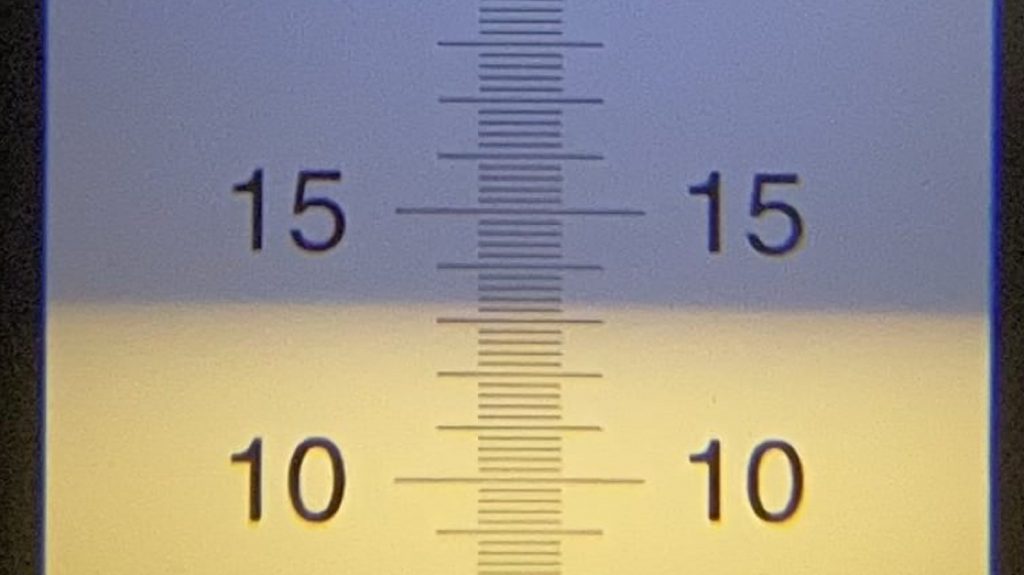
Next, I direct pitched a single pouch of Imperial Yeast A07 Flagship into the wort.
The beer was left to ferment at 66°F/19°C for 3 weeks before I took a hydrometer measurement confirming FG was reached.
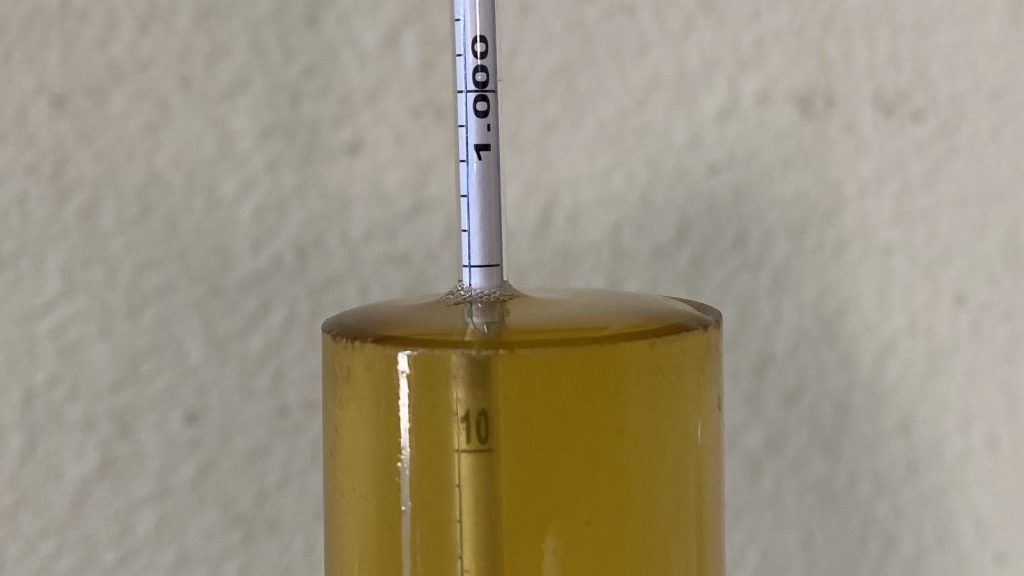
With fermentation complete, I pressure-transferred the beer to a CO2 purged keg.
The filled keg was placed in my keezer and burst carbonated overnight before I reduced the gas to serving pressure. After a week of conditioning, I began serving it to blind tasters.
| METHOD |
Participants were instructed to focus only on the aromatic qualities of the beer before evaluating the flavor. For each aroma and flavor descriptor, tasters were asked to write-in the perceived strength of that particular characteristic on a 0-9 scale where a rating of 0 meant they did not perceive the character at all and a 9 rating meant the character was extremely strong. Once the data was collected, the average rating of each aroma and flavor descriptor was compiled and analyzed.
| RESULTS |
A total of 24 people participated in the evaluation of this beer, all blind to the hop variety used until after they completed the survey. The average aroma and flavor ratings for each descriptor were plotted on a radar graph.
Average Ratings of Aroma and Flavor Perceptions
The 3 characteristics endorsed as being most prominent by participants:
| Aroma | Flavor |
| Tropical Fruit | Citrus |
| Citrus | Tropical Fruit |
| Stone Fruit | Stone Fruit |
The 3 characteristics endorsed as being least prominent by participants:
| Aroma | Flavor |
| Onion/Garlic | Onion/Garlic |
| Dank/Catty | Berry |
| Grassy | Dank/Catty |
Next, participants were asked to rate the pungency/strength of the hop.
Tasters were then instructed to identify beer styles they thought the hop would work well in.
Finally, participants were asked to rate how much they enjoyed the hop character on a 1 to 10 scale.
My Impressions: My expectations for this beer were based on the existing descriptors of Brewer’s Gold as contributing notes of spice and blackcurrant, but that’s not really what I perceived. Rather, I picked up more generic fruitiness that was accompanied by an earthy element. Not horrible, but also not what I personally enjoy in a hoppy Pale Ale.
| CONCLUSION |
As a hop that’s been used in brewing for over a century and is the grandparent to heavy hitting varieties like Centennial and Nugget, Brewer’s Gold unquestionably has a spot in the hop hall of fame. While commonly described as imparting beer with notes of spice and blackcurrants, blind tasters of a Pale Ale made solely with Brewer’s Gold noted tropical fruit, citrus, and stone fruit as being the strongest aroma and flavor characteristics.
A rather strong majority of tasters felt this beer had a moderate hop pungency, which considering the usage rate, is reasonable. In fact, it’s possible the fruitiness tasters reported perceiving was also a function of the amount of hops used both late in the boil and for the dry hop. Perhaps unsurprisingly, most tasters chose IPA/APA as the style Brewer’s Gold is best suited for, though some also thought it’d work well in less characterful styles such as pale lager and sour ale.
Preference ratings for Brewer’s Gold were all over the board with an average of 4.8 out of 10. While a few tasters reported enjoying this beer quite a bit, I can relate with those who found it to be just “meh,” as it possessed certain good qualities but nothing really special. My hunch is that Brewer’s Gold would work best at lower usage rates in more malt-forward styles, or perhaps even as a compliment to more fruity varieties in a hoppier ales.
Get Brewer’s Gold hops at Yakima Valley Hops when they’re available! If you have any thoughts on this variety, please feel free to share them in the comments section below.
Support Brülosophy In Style!
All designs are available in various colors and sizes on Amazon!
Follow Brülosophy on:
FACEBOOK | TWITTER | INSTAGRAM
If you enjoy this stuff and feel compelled to support Brulosophy.com, please check out the Support page for details on how you can very easily do so. Thanks!



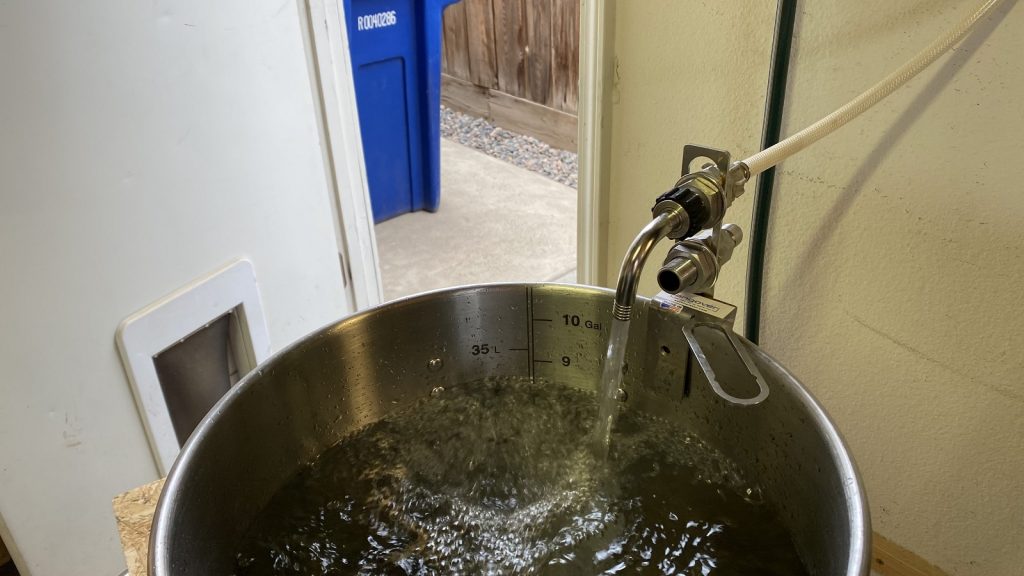
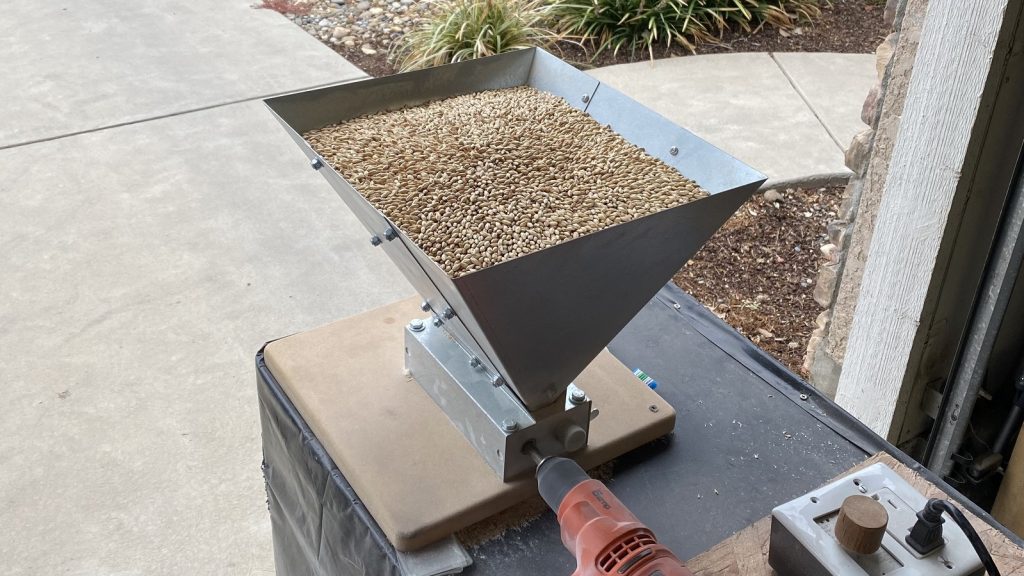

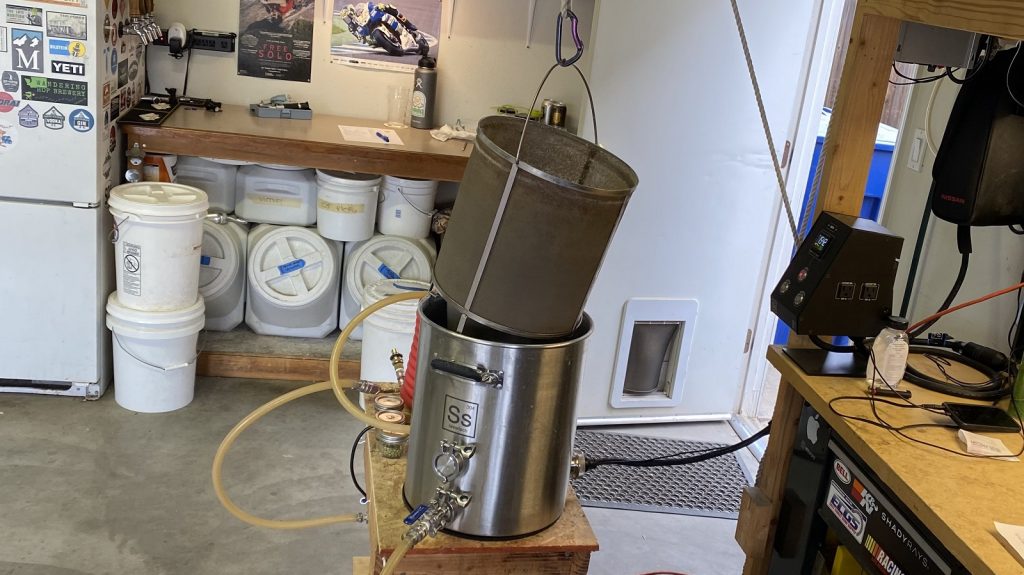
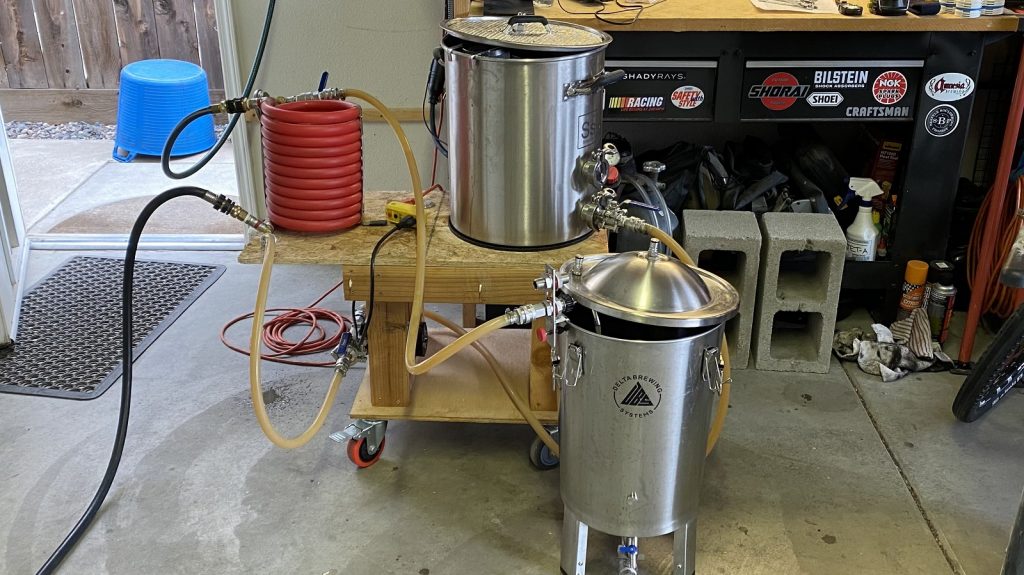
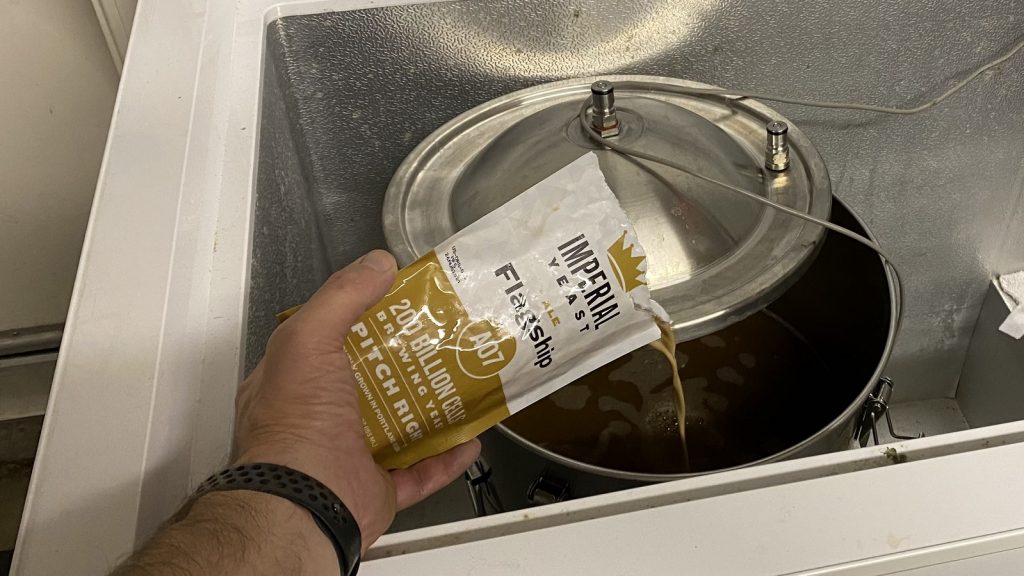
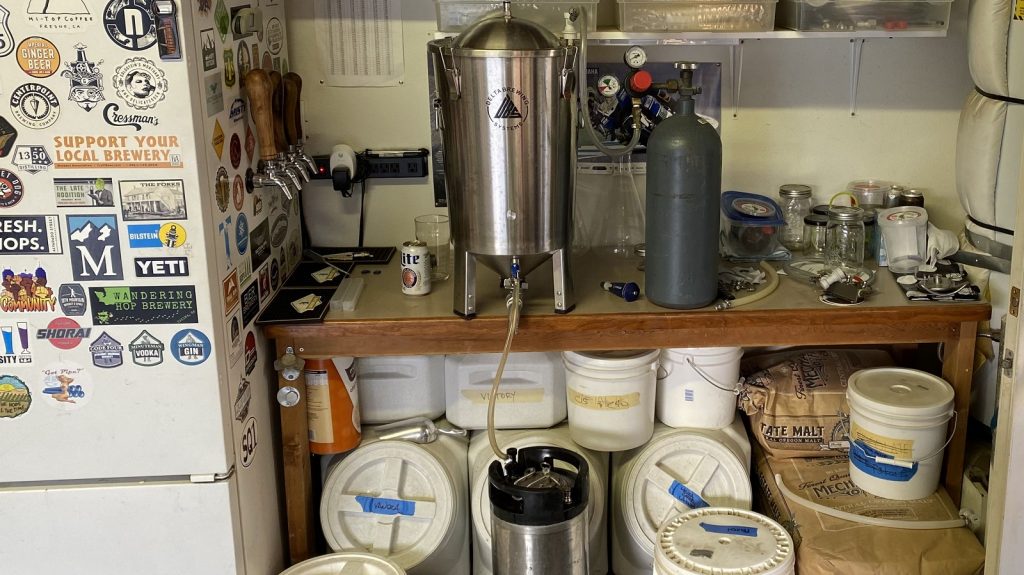
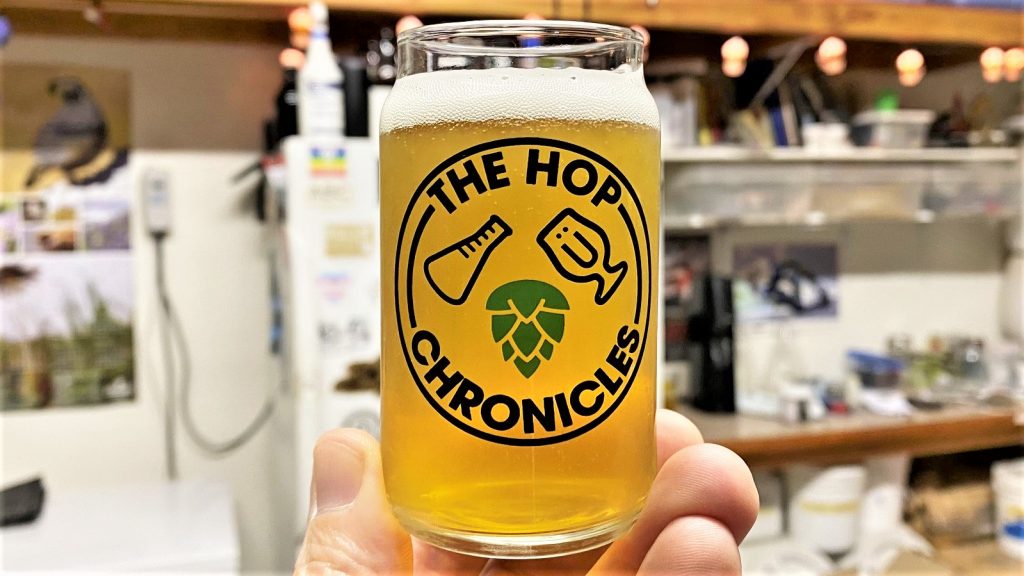

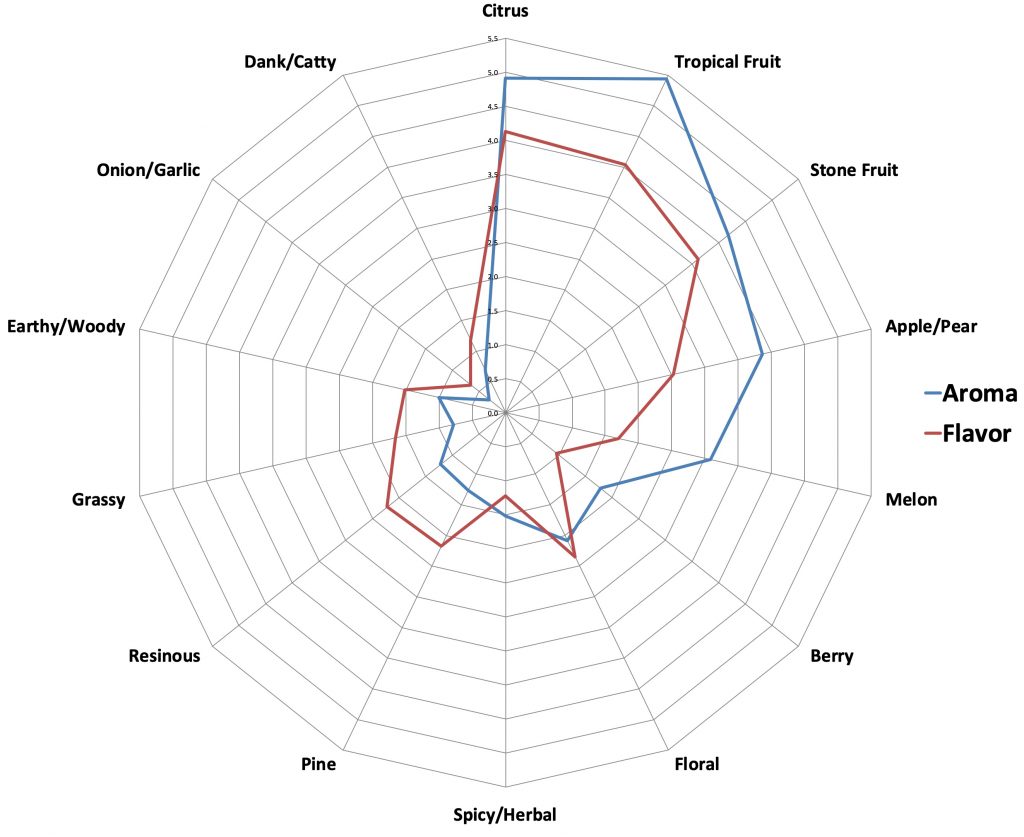
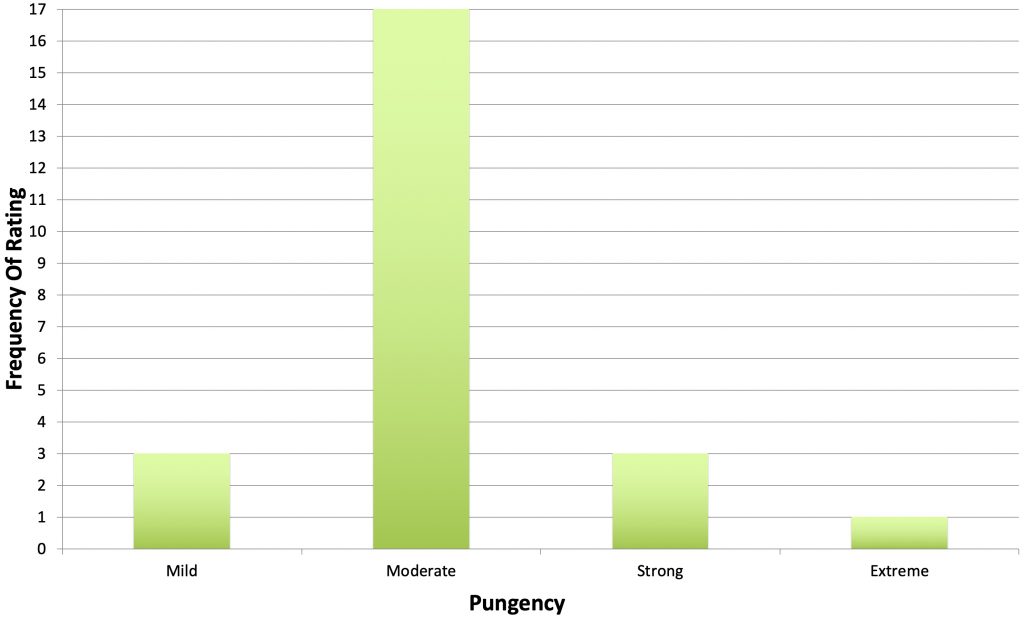
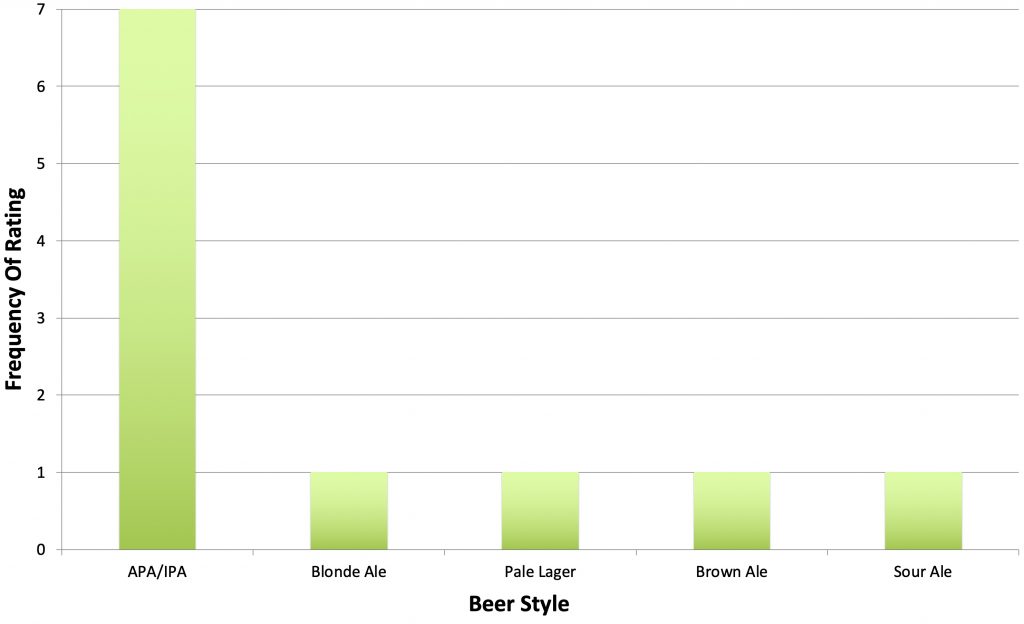
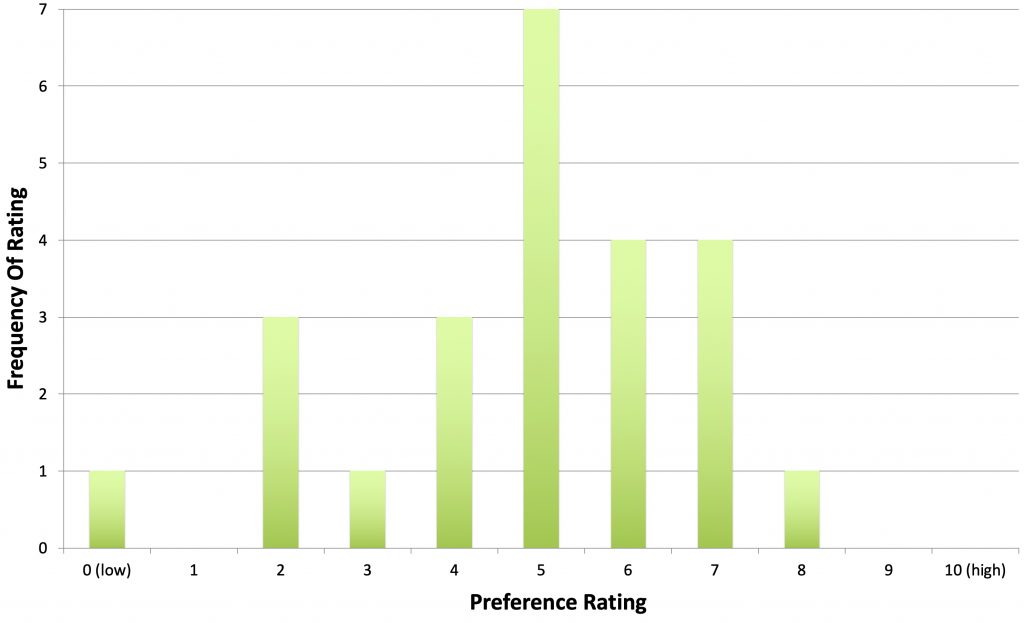











3 thoughts on “The Hop Chronicles | Brewer’s Gold (2020) Pale Ale”
I think a characterful yeast can bring out the best with this hop and complement the fruity flavours well. Crouch Vale Brewery won Champion Beer of Britan two years running with a Brewer’s Gold SMASH, which is quite an achievement. It’s one of the only beer’s I’ve really tried to clone. Whitelabs make an Essex Ale strain which is meant to come from the same source as the Crouch Vale yeast and the combo of fantastic.
SImon i agree… Crouch Vale, Brewers Gold is a fine beer. My brother use to work in Pub that only sold Ale (Kingston Arms, Cambridge). He would serve Brewers Gold to the lager boys, after 2 pints they were converted! Amazing beer… just bumped it up on the list of next brews…
At the time Brewer’s Gold was introduced in the UK, it probably would have been unheard of to use nearly all the hops late in the boil or as dry hopping, with a tiny fraction at the beginning of the boil. Most would have gone in at the beginning, with a small amount reserved for the last 10 minutes of the boil and/or for dry hopping. I think it’s mistaken to believe that hops at the beginning of the boil are only useful for bitterness. Sure, boiling evaporates most of the aroma, but aroma on the nose was never what traditional British ale was or is about. Boiled hops still give a lot of flavor on the palate, without necessarily any aroma on the nose. I’ve recently brewed an ale using 100g Hallertauer Mittelfrue at the beginning of a 75 minute boil, with no hops added late or as dry hopping.The beer has no aroma of hops but has a lovely balance of bitterness and hoppy, zingy fruitiness on the palate. Maybe this hoppy fruitiness is due to certain acid constituents of the hops which are not formed if no boiling is done. In my experience, the hoppy aroma after dry hopping is relatively transient and fades quickly, whereas the hoppy fruitiness on the palate is literally “boiled in”.